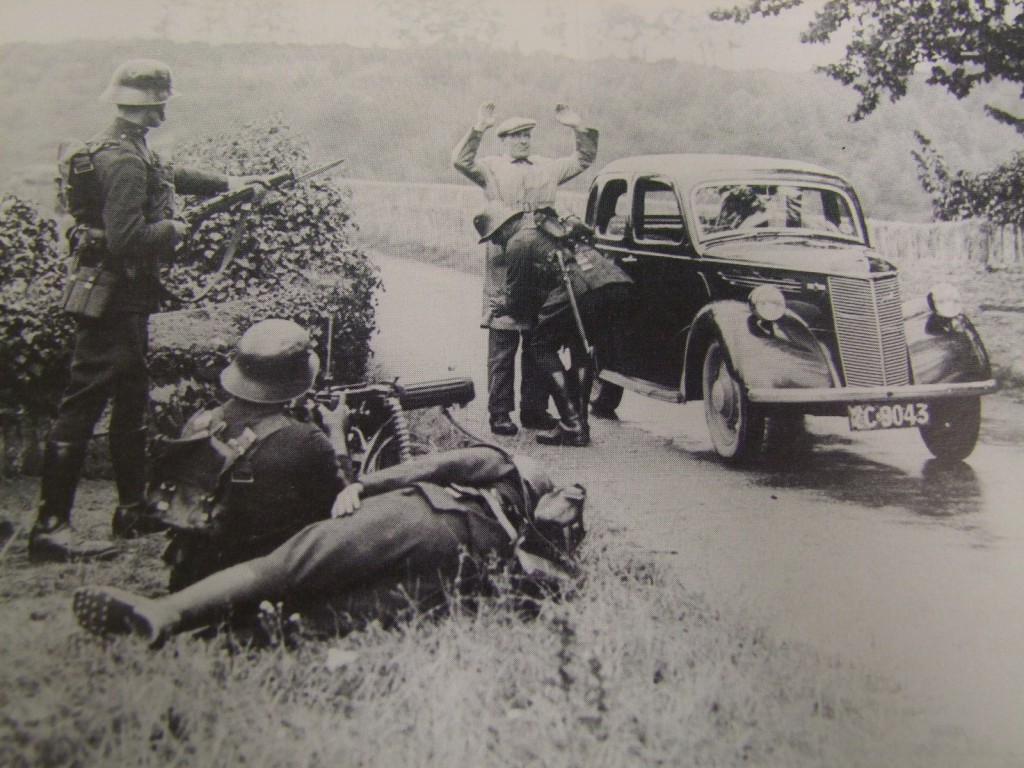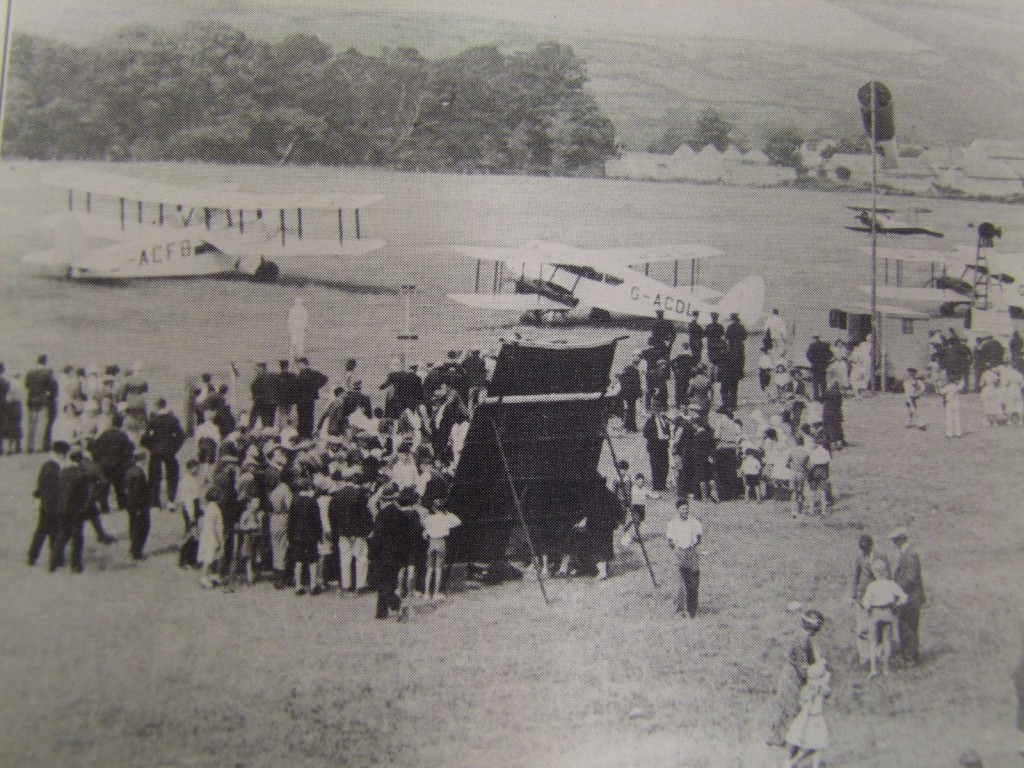
Kieran’s Our City, Our Town article, Cork Independent, 15 April 2010
In the Footsteps of St. Finbarre (Part 208)
That Flying Spirit
Enormous work was pursued in the late 1980s and early 1990s by history teacher Dermot Lucey of Ballincollig Community School who encouraged his students to document the changing village of Ballincollig in the twentieth century. That work culminated in a number of annual historical journals. They shine a light on people, events and transformations within Ballincollig over the century.
By 1900, an elaborate village social structure was well in place in Ballincollig comprising military, police, clergy, teachers, shop-owners, vintners and landowners. The main employers during the early twentieth century were the gravel pits of John A. Wood and at O’Regan’s Poulavone as well as the military presence. These all contributed to the local economy.
However, from reading the journals one can also learn of Edward ‘Mick’ Mannock, a World War I flying ace who was born on 24 May 1887 in Ballincollig. Edward grew up to be a master of air strategy. After joining the Royal Air Force during World War I, he officially shot down 73 enemy planes. Edward received many honours for his courage including the Victoria Cross. He was shot down in 1918 by enemy ground fire while assisting a young pilot. His body was never recovered.
In 1922 Ballincollig Barracks was formally handed over by the War Department to the new Irish State. During the ensuing Civil War, the barracks was burned and was only reopened in 1940 when it was named Murphy Barracks in memory of a former Officer Commanding 3rd Batallion 1st Cork Brigade, who saw active service during the War of Independence and was killed in action at Waterfall on 22 June 1921.
During the Second World War the Irish army began to use the Barracks after it lay in ruins for almost 20 years. Manoeuvres were conducted by the LDF and the army in the Barracks and in the surrounding district, including the guarding of the level crossing on the Cork-Macroom line, near Maglin and the locating of a checkpoint on Inniscarra Bridge.
In the 1930s also a number of flying circuses came to Ballincollig and used the landing field behind the ruined barracks for their displays. Alan Cobham’s was the most famous of these. The public enjoyed the thrill of air flights, parachute drops, giro copters and the exploits of two of Britain’s youngest pilots, Miss Winnifred Drinwater and Sir Alan Cobham.
A member of the Royal Flying Corps in World War I, Alan Cobham became famous as a pioneer of long distance aviation. After the war he became a test pilot for the de Havilland aircraft company. In 1921 he made a 5,000 mile air tour of Europe, visiting 17 cities in 3 weeks. In 1928 he flew a Short Singapore flying boat around the continent of Africa landing only in British territory. In August 1926, he flew from England to Australia where 60,000 people swarmed across the grassy fields of Essendon Airport, Melbourne when he landed his DH.50 float plane. On 25 November 1926, Alan Cobham attempted but failed to be the first person to deliver mail to New York City by air from the east, planning to fly mail by taking off from the White Star ocean liner RMS Homeric in a De Havilland DH.
In 1932 Alan Cobham started the National Aviation Day displays. They comprised a team of up to fourteen aircraft, ranging from single-seaters to modern airliners and many skilled pilots. The displays toured the Britain and Ireland, calling at hundreds of sites, some of them regular airfields and some just fields cleared for the occasion like Ballincollig. Generally known as “Cobham’s Flying Circus”, it was hugely popular, giving thousands of people their first experience of flying. The displays continued until the end of the 1935 season. Indeed, the presence of Cobham’s Flying Circus led to considering Ballincollig as a possible location for Cork Airport, but this suggestion was rejected because of the nearby hills.
Ballincollig also enjoyed considerable success in GAA fields in the 1940s when the Club featured in the County Senior Hurling Final in 1941, 1942 and 1943. Two of Ballincollig’s most famous players were Paddy “Hitler” Healy and Billy “Long Puck” Murphy. Paddy Healy was both a hurler and footballer and won All-Ireland medals in both sports. Paddy Healy won his All-medals during the 1940s. In Hurling, he won medals as a substitute in 1943 and 1944 and he won his third medal playing right wing forward in 1946. Whilst he played for Ballincollig during most of his playing career, he also played with Clonakilty when he was stationed there as a member of the 31st Army Battalion. Between 1944 and 1952 he won four Cork County football titles with Clonakilty and he won his All-Ireland football medal in 1945. He said he got his nickname “Hitler”- during the war years because he was “game for anything” and he had a similar hairstyle to the real Hitler.
Billy Murphy was born in 1915 in Ballincollig. He was successful in the Ballincollig Hurling Team. As he struck the ball probably longer than any other player has ever done, he will always be remembered as “long puck” Murphy. He won All-Ireland medals at right corner-back for Cork.
To be continued…
Captions:
535a. Checkpoint on Inniscarra Bridge during World War II (pictures: Ballincollig Community School Collection)
535b. Cobham’s Flying Circus at Ballincollig on the banks of the River Lee, 1930s
